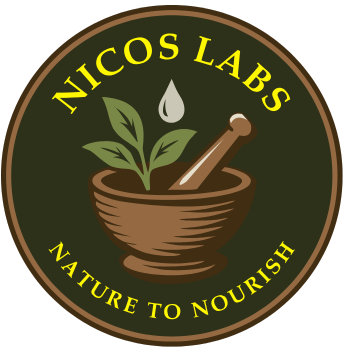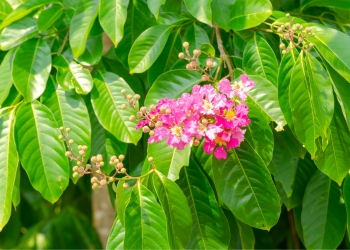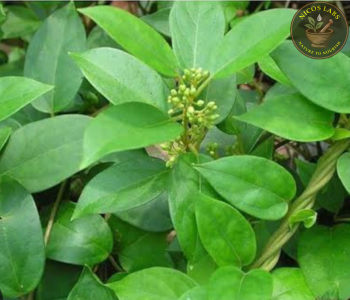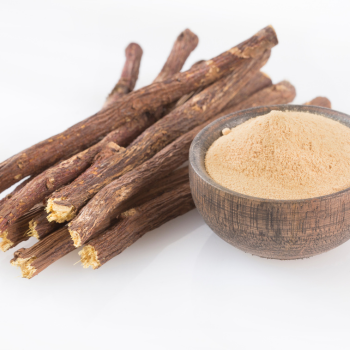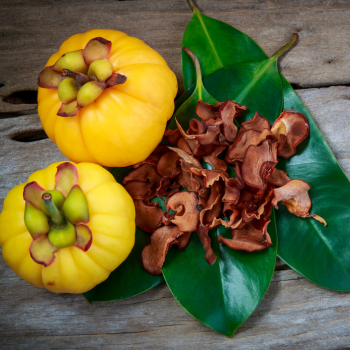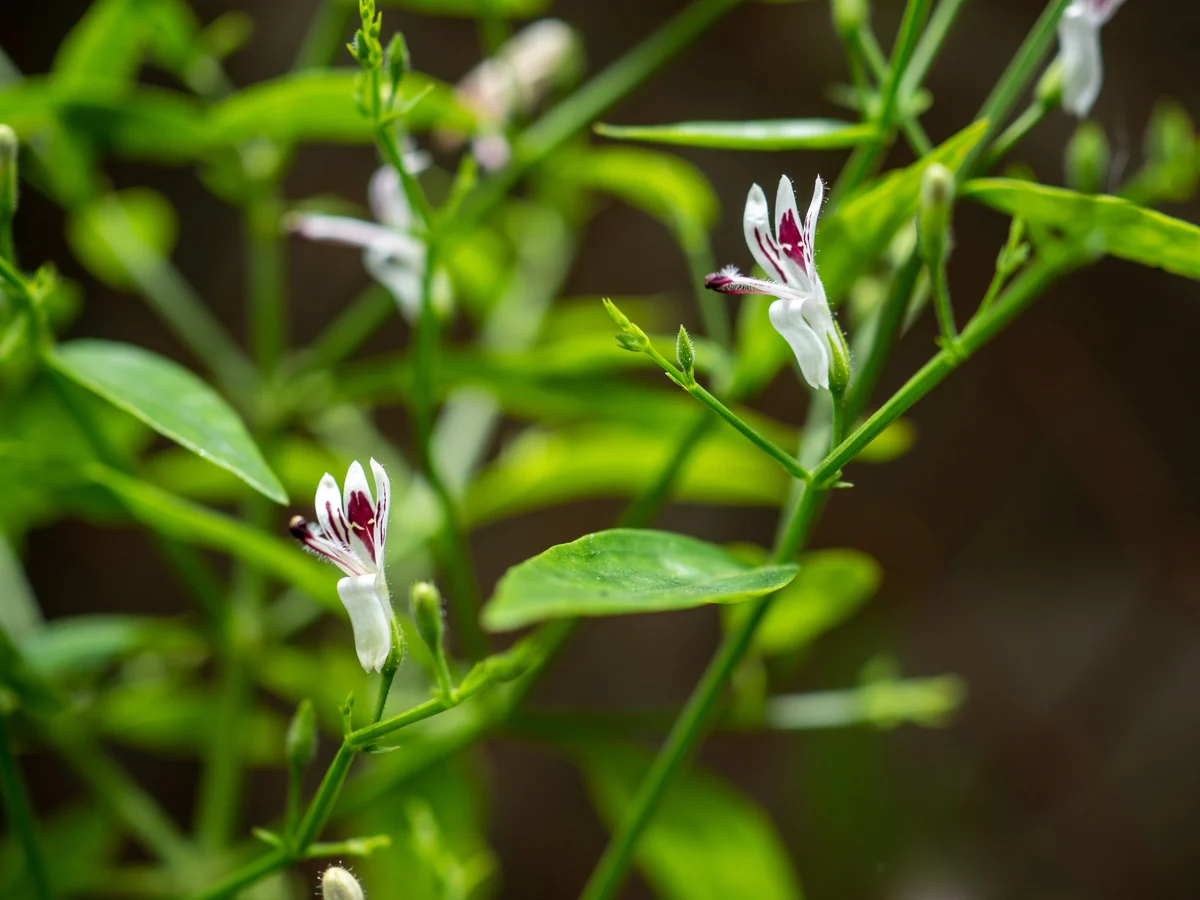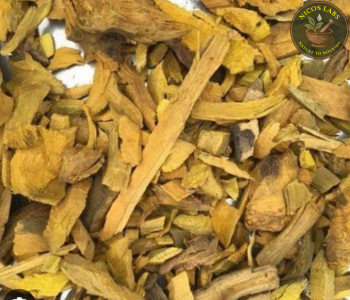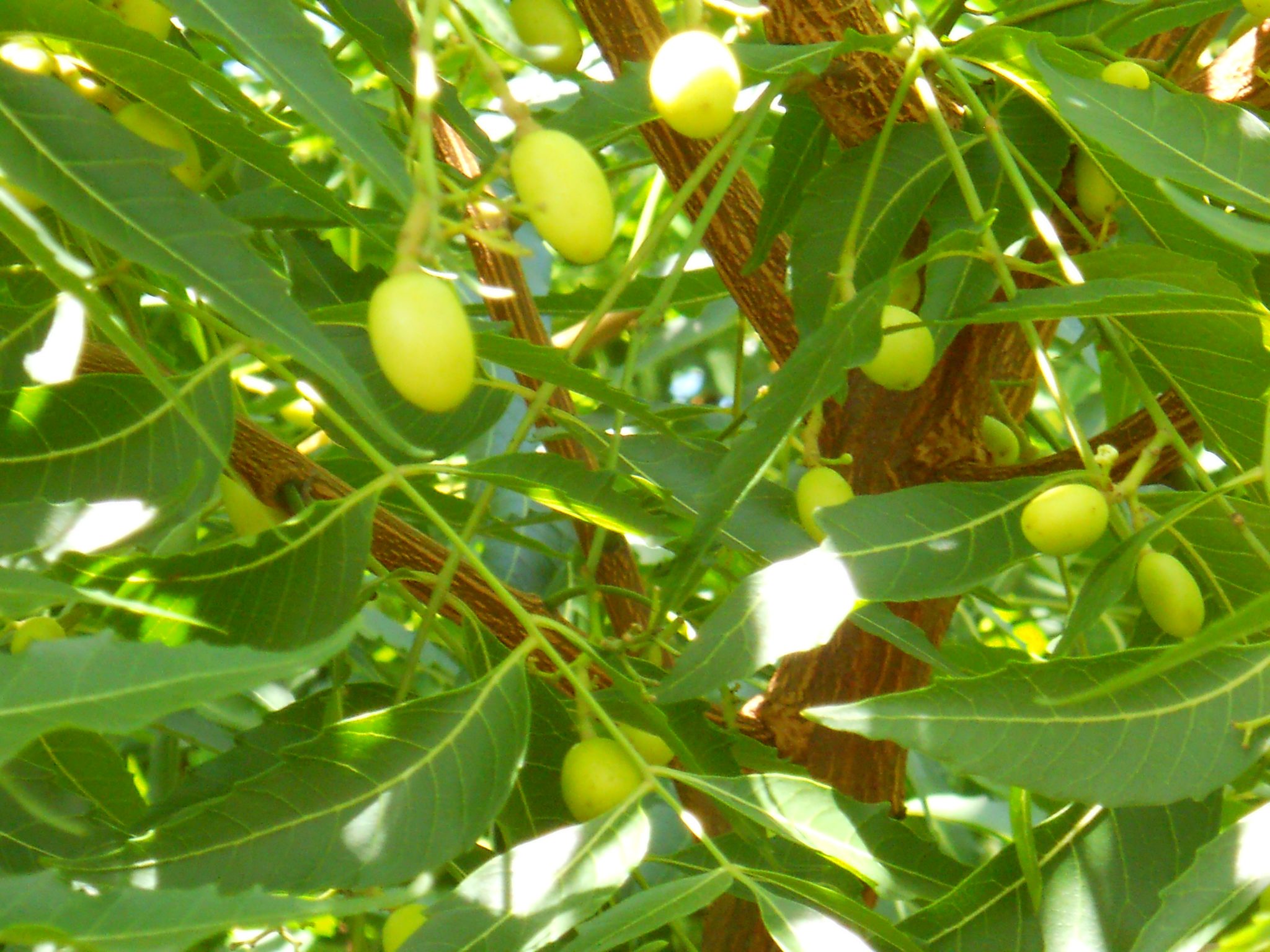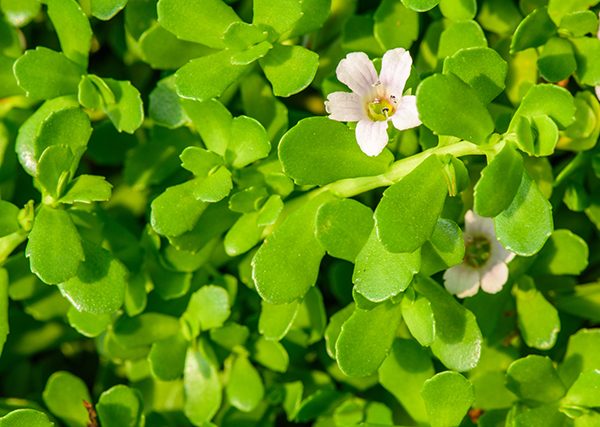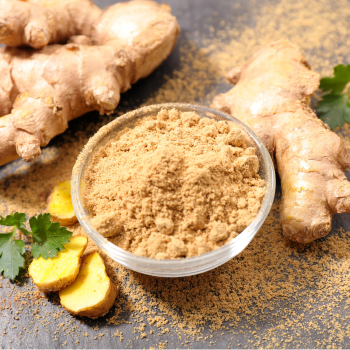🌿 Terminalia Belerica (Bibhitaki), a powerful medicinal fruit widely used in Ayurveda:
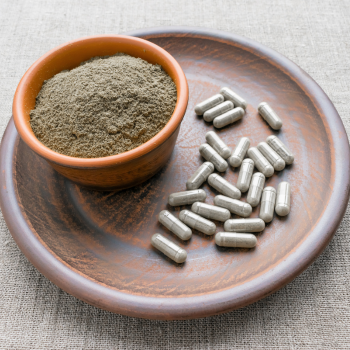
Common Names: Bibhitaki, Baheda (Hindi), Thandrikai (Tamil), Beleric Myrobalan
Botanical Name: Terminalia belerica
Family: Combretaceae
Parts Used: Fruit (mainly), seeds, bark
Native To: Indian subcontinent, Southeast Asia
🌱 Plant Description
- Tree Type: Large deciduous tree, up to 30 meters tall
- Leaves: Broad and clustered at the ends of branches
- Fruits: Oval-shaped, greyish, hard nut-like fruits — dried for medicinal use
- Taste: Astringent and slightly bitter
🔬 Key Phytochemicals
- Tannins (up to 30%) – Gallic acid, ellagic acid
- Lignans – Anti-inflammatory and liver-protective compounds
- Beta-sitosterol, Chebulagic acid, Saponins, Flavonoids
- Amino acids, Polyphenols
💊 Health Benefits
| System | Benefits |
|---|---|
| Digestive | Acts as a laxative, clears constipation, improves digestion |
| Respiratory | Supports in asthma, cough, bronchitis |
| Detox & Liver | Aids in cleansing the liver and blood |
| Eye Health | Traditionally used to improve vision |
| Hair & Skin | Promotes hair growth, treats scalp infections, skin healing |
| Immunity | Strengthens immune defenses and antioxidant capacity |
| Anti-microbial | Fights bacterial and fungal infections |
🌼 Ayurvedic Properties
| Property | Description |
|---|---|
| Rasa (Taste) | Kashaya (Astringent), Tikta (Bitter), Madhura (Sweet) |
| Virya (Potency) | Ushna (Heating) |
| Vipaka (Post-digestive) | Madhura (Sweet) |
| Effect on Doshas | Balances Kapha and Pitta, may increase Vata if overused |
“Bibhitaki” means “the fruit that keeps away disease”, and it’s one of the three ingredients in Triphala, the renowned Ayurvedic tonic.
🧪 Forms of Use
- Powder (Churna) – Taken with warm water or honey
- Capsules/Tablets – Easy for regular use
- Triphala – A blend of Bibhitaki, Haritaki, and Amalaki
- Oil (Infused) – For hair and skin issues
- Decoction (Kashayam) – For respiratory or digestive complaints
⚠️ Precautions
- Avoid overuse as it may cause dryness (in high Vata conditions)
- Mild laxative effect — adjust dosage to comfort
- Always source from reputed, purified extracts
